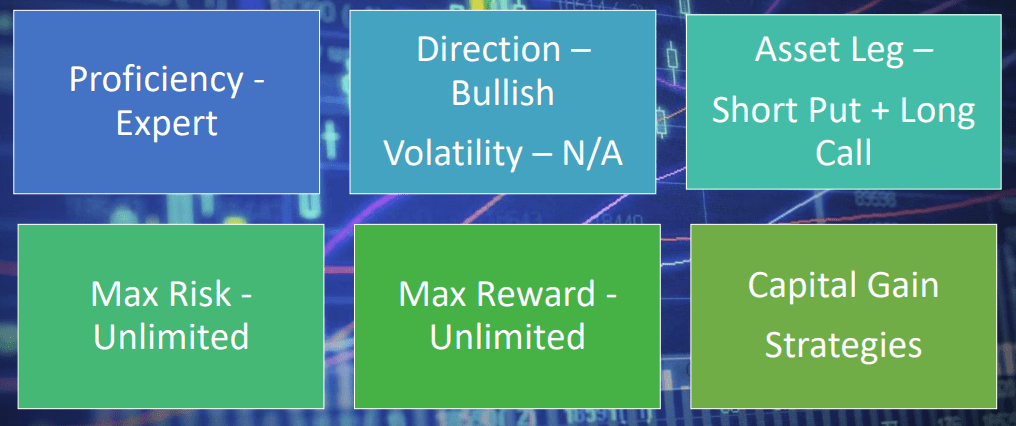
Menu



Steps In
Steps Out
Outlook
Rationale
Net Position
Effect of Time Decay
Appropriate Time Period to Trade
Exiting the Position
Mitigating a Loss
Advantages
Disadvantages
© 2021 All rights reserved
Ask Your Query